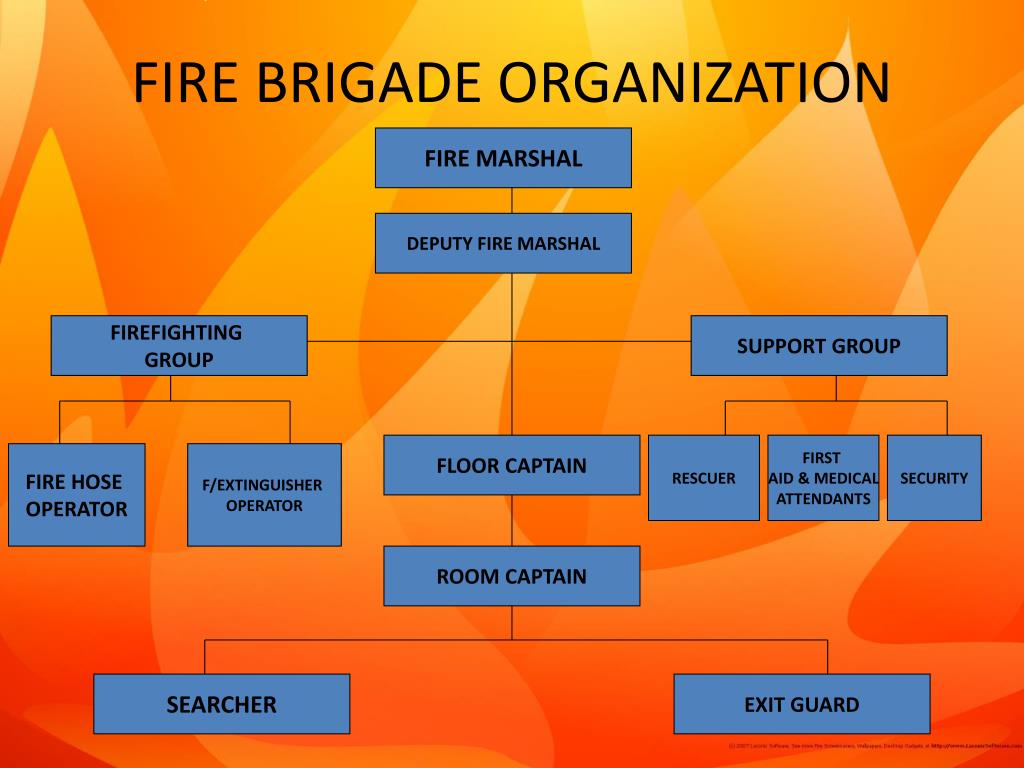Fire safety is an essential responsibility. Integrating modern tools with human readiness is a proven approach to respond effectively to emergencies. Automatic fire suppression setups and emergency readiness programs work together to safeguard lives and property.
What Are Sprinkler Systems?
Fire suppression systems are built for rapid fire control. They function automatically during fires to release water. Fire suppression outlets minimizes water waste, optimizing water use.

Essential components of automatic sprinklers include:
- Nozzles: Spray water directly.
- Pressurized pipes: Ensure consistent flow.
- Control panels: Oversee system activation.
- sprinkler de agua
- Integrated water storage: Supply water for effective firefighting.
The Importance of Emergency Preparedness
Even with advanced fire suppression technology, emergency training is indispensable. Fire brigade training educate personnel to control fire situations and address complex scenarios.

Essential elements of emergency preparedness programs include:
- sprinkler seco
- Fire hazard identification: Improving risk management skills.
- Safe exit techniques: Ensuring safe evacuation.
- Fire response exercises: Building confidence in emergency tools.
- Coordinated responses: Encouraging teamwork under pressure.
How Sprinkler Systems and Fire Brigade Training Work Together
Combining sprinkler systems with fire brigade training enhances fire response efforts. With sprinklers controlling flames immediately, trained fire brigades address residual risks.

When working as a unit, these strategies limit damage in residential buildings, commercial properties, and manufacturing plants alike.
Conclusion: Building a Safer Future
Modern sprinklers and readiness programs work together seamlessly. Using these complementary methods protects lives and property for unexpected fire outbreaks.
Take the next step in fire safety today by scheduling fire brigade training. Reliable tools and knowledgeable responders ensure safety!
Comments on “Complete Insights on Fire Suppression and Safety Preparedness”